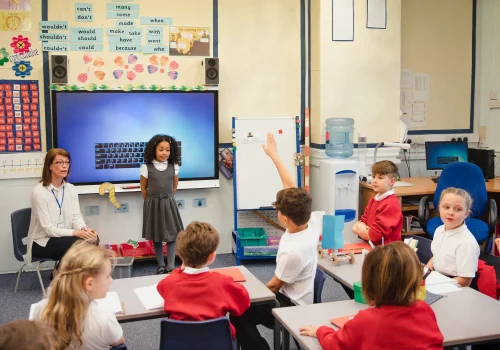How to Reduce Your Childs Screentime
In a world where tablets, smartphones, and televisions are part of everyday life, managing your child’s screen time can feel like an uphill battle. Screens are everywhere—used for education, entertainment, communication, and even relaxation. While technology offers many benefits, too much screen time can impact sleep, behaviour, physical health, and emotional well-being.
If you’re looking for ways to reduce your child’s screen time without daily arguments or resistance, you’re not alone. Here are some practical, realistic tips to help you create a healthier digital balance at home.
Lead by Example
Children often mirror the behaviour they see. If they see you constantly scrolling through your phone or watching TV during downtime, they’re likely to do the same.
Try this: Make a conscious effort to unplug when possible. Designate screen-free times for the whole family, such as during meals or before bedtime, to model mindful habits.
Create a Daily Screen Schedule
Having clear, consistent boundaries helps children know what to expect. Without guidelines, screen time can quickly take over the day.
Try this: Set limits on when screens can and can’t be used. For example, no screens before school, during meals, or right before bed. Use timers to keep sessions short, and be consistent with your rules.
Make Screen-Free Time Fun
Reducing screen time isn’t about taking something away—it’s about offering alternatives. Fill the space with engaging, age-appropriate activities.
Try this:
- Offer puzzles, crafts, or board games.
- Encourage outdoor play or sports.
- Plan family activities like baking, gardening, or storytelling.
When screen-free time is fun, children are more likely to embrace it.
Encourage Screen-Free Zones
Designating specific areas of the house as screen-free helps set physical boundaries, especially around rest and focus.
Try this: Make bedrooms, the dining table, and the car (on short trips) screen-free zones. This promotes better sleep, conversation, and connection.
Use Tech to Help Limit Tech
There are apps and built-in device settings that can help monitor and limit screen usage.
Try this: Use parental controls, screen timers, or “downtime” features on phones, tablets, and gaming consoles. These tools can help make transitions away from screens smoother.
Talk About It Openly
Rather than presenting screen limits as a punishment, talk with your child about why balance is important. When children understand the “why,” they’re more likely to cooperate.
Try this: Have age-appropriate conversations about screen use, its effects on sleep, mood, and focus, and why it’s healthy to take breaks. Involve older children in setting their own limits.
Be Flexible—but Stay Firm
There will be days when rules slip or special circumstances come up—and that’s okay. The goal isn’t perfection, but balance.
Try this: Allow some flexibility for family movie nights, long car rides, or rainy afternoons. Just be sure to return to your regular routines afterward.
Reducing your child’s screen time doesn’t mean eliminating it altogether—it means creating a healthy rhythm that allows room for creativity, play, rest, and real-world connection. With consistency, patience, and a bit of creativity, you can help your child develop a balanced relationship with screens—one that supports their well-being now and into the future.





